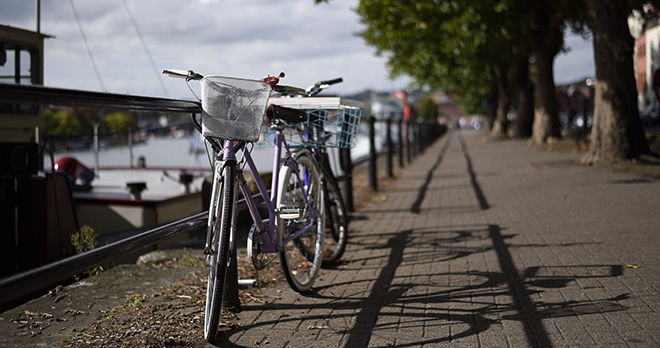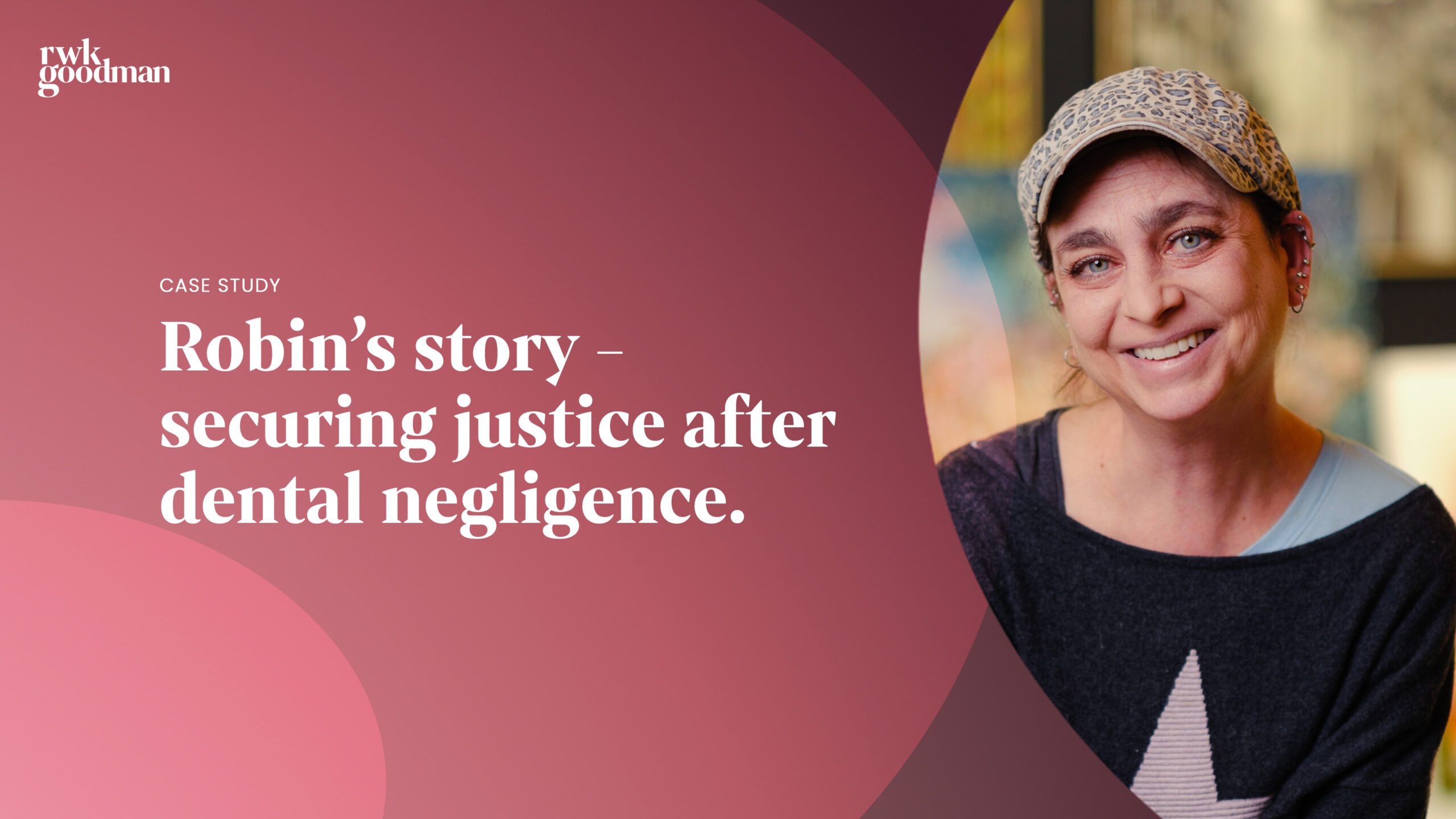Bristol – Thoughts on the Clean Air Zone (CAZ) and active travel

Towards the end of November 2022, the Bristol Clean Air Zone (‘CAZ’) came into operation. The fundamental aim of the CAZ is to reduce air pollution caused by road traffic. The Government set legal limits for pollution and the CAZ was seen as an ideal way to meet those limits.
The CAZ aims to reduce public exposure to nitrogen dioxide as a result of road traffic pollution. Air pollution has the greatest effect on the most vulnerable e.g., children, the elderly and people with underlying health conditions.
The introduction of the CAZ was aimed at reducing the amount of the most polluting traffic entering the zone. If those vehicles still wished to enter the zone, they would be charged. If the daily charge doesn’t change behaviour then the polluting traffic that pays to enter the zone will ultimately be contributing to transport improvements to make it easier to walk, cycle and use public transport.
Further details about Bristol’s CAZ can be found on the Bristol City Council website. One year on from Bristol’s CAZ coming into operation, the Joint Air Quality Unit produced the first interim report on the zone.
The Council monitors air pollution at about 200 locations (inside and outside the CAZ). Based on the air quality data for the first six months of 2023, the Joint Air Quality Unit concluded that the CAZ is having a positive impact on air quality. It is anticipated that nitrogen dioxide will not exceed the Government’s annual average legal limit.
Air across Bristol is 10% cleaner a year on from the introduction of the CAZ. Clearly, more can be done to improve Bristol’s air quality and ultimately quality of life for its residents. Improvements in public transport would be welcomed, particularly dedicated lanes to improve journey times.
It will be interesting to see how the air quality in the areas around the CAZ changes (if at all). There is of course the risk that polluting vehicles that would be charged to enter the CAZ are deliberately staying just outside it or taking alternative routes to avoid being charged.
Investment in active travel, particularly cycling and walking that provides a particular opportunity, following the introduction of the CAZ.
Going forwards, it will be interesting to see how much of the £26m generated from the CAZ has been invested in schemes for sustainable and active travel. Air quality is going to be measured as part of the CAZ but it will also be interesting to see whether the number of journeys made on foot or by bike increase more quickly than they were prior to the introduction of the CAZ.
There is an opportunity to learn about the impact of the active travel schemes funded by the CAZ and the impact of the CAZ itself. There is already support available for those interested in other forms of travel. Bristol City Council is offering help with sustainable travel ranging from one month bike and e-bike trials, adult cycling training and e-scooter credits.
In addition to the improvements in air quality within the CAZ, the wider promotion and practical support of cycling and walking to increase journeys made by such means could further improve air quality and improve the health of residents who may become fitter, heathier and less reliant on the NHS.
There seems to be desire for such initiatives. In 2021, Sustrans found there is huge support for more dedicated cycle lanes providing physical separation from vehicles. It is often the perceived danger of riding in traffic that discourages ‘would be’ cyclists and creates a barrier to participation.
Acting upon the support for more dedicated cycle lanes (and perhaps support for a broader reallocation of space to create room for things like cycle lanes, widened pavements, pedestrianised areas etc), the Council may find the additional funds generated by the CAZ enable them to accelerate initiatives that would otherwise have taken much longer to facilitate.
Along with concerns about safety, a lack of good quality infrastructure that separates cyclists from traffic is another well-known barrier to increasing cycling numbers. If new infrastructure can be provided to a high standard then it follows that cycling numbers should increase. Of course, that can be measured over time. Perhaps, following this logic, it can be seen how there can be additional health benefits over and above simply improving air quality.
The CAZ could invigorate something more, it could contribute towards a more active, less congested, healthier community. These are valuable steps leading towards a change in culture, transforming motorists into cyclists, especially for short journeys.
Contact our enquiries team to find out more about how our claims specialists can help people living in Bristol.
Call today






